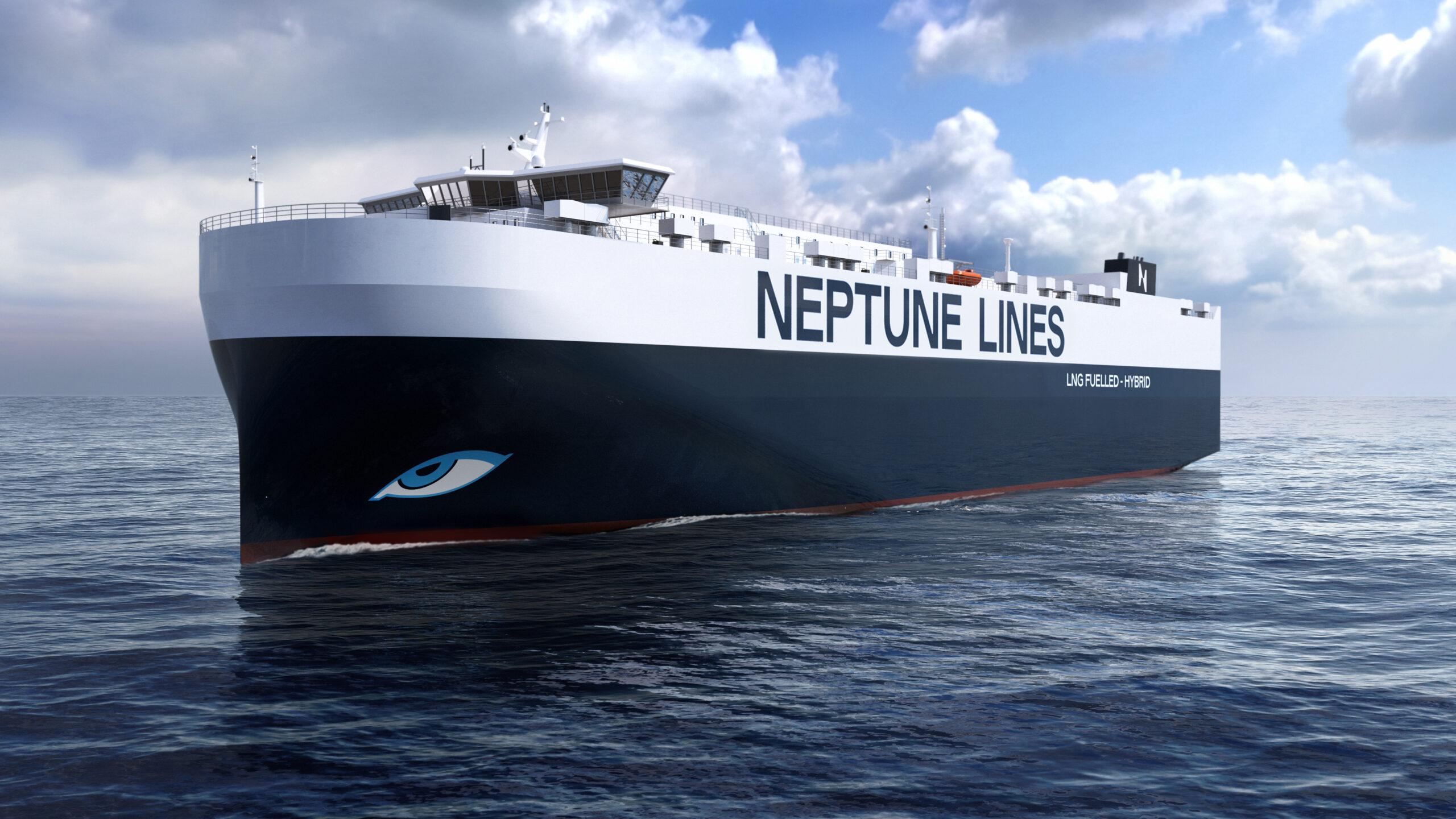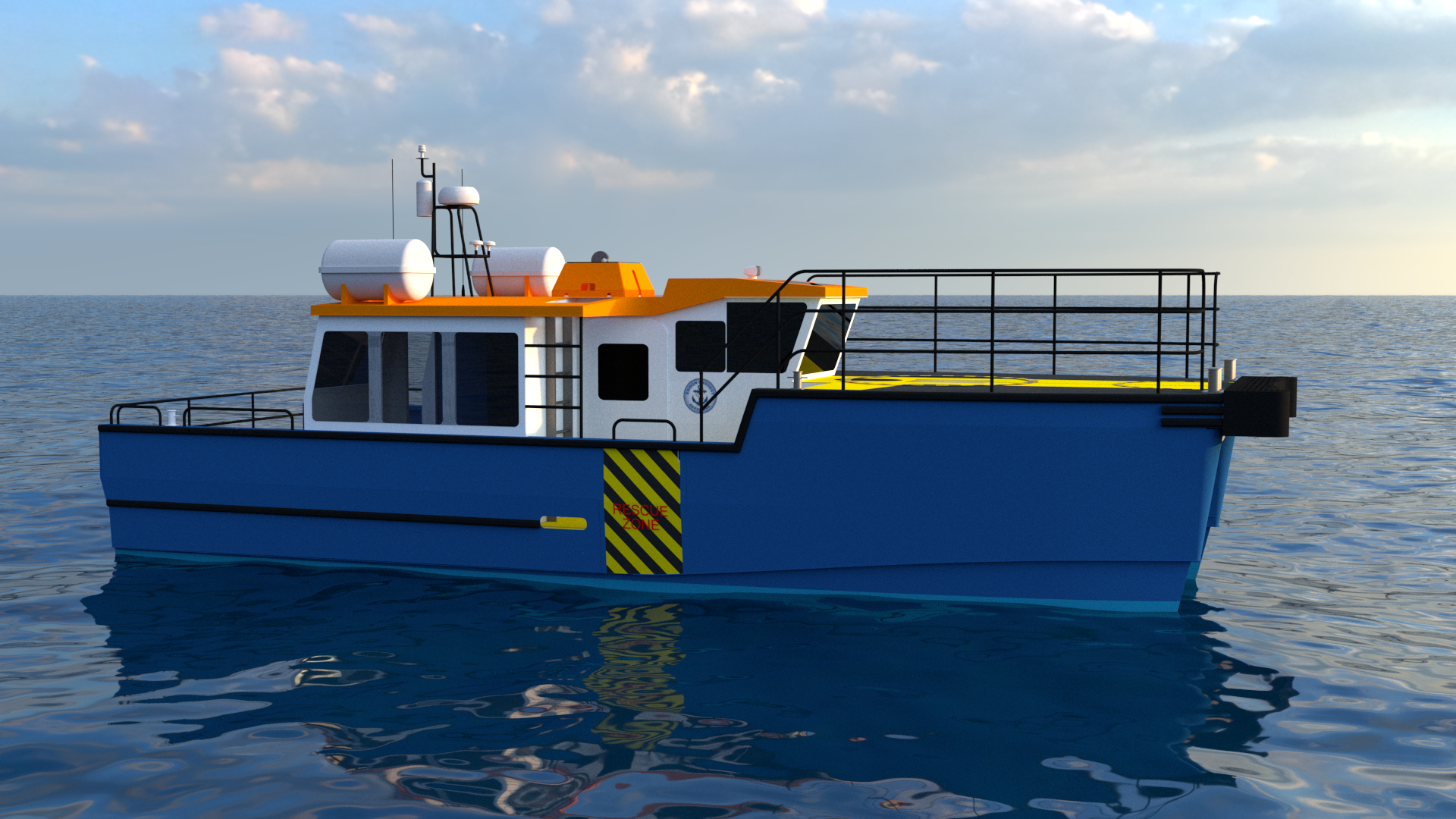Wärtsilä and City University London have identified the specific design parameters that lead to ‘singing’ propellers through a joint research project.
‘Singing’ propellers refers to the high pitched noise that often sounds like a ringing wine class is generated from the way the fluid circulates around the propellers, generating eddies and forces that leads to the singing-like noise.
Previously, the noise has been attributed to the frequency of the propeller blades’ vibration with the frequency of the hydrodynamic forces at the trailing edge of the blades. However, this recent research indicates the problem may be much more complex and involve high sensitivities.
According to Wärtsilä, the ‘singing’ propeller phenomenon can be controlled by selecting the main parameters of the propeller blades, by careful attention to the flexural modes of the propeller blades, and by careful attention to the specific geometry at the trailing edge of the blades. All these parameters are thought to heavily interact and result in ‘singing’ propellers.
During the study, Wärtsilä and City University London used Finite Element Method (FEM) analysis tools to identify the risks in the propeller design parameters that lead to the ‘singing’ in order to adjust them and reduce the problem.
Computational Fluid Dynamics (CFD) was also used to analyse the vortex shredding behaviour of the trailing edge design, indicating that a proper design of the trailing edge can reduce the shedding and therefore the excitation forces.
Wärtsilä have now added the avoidance of ‘singing’ propellers as a standard to its design process.


































